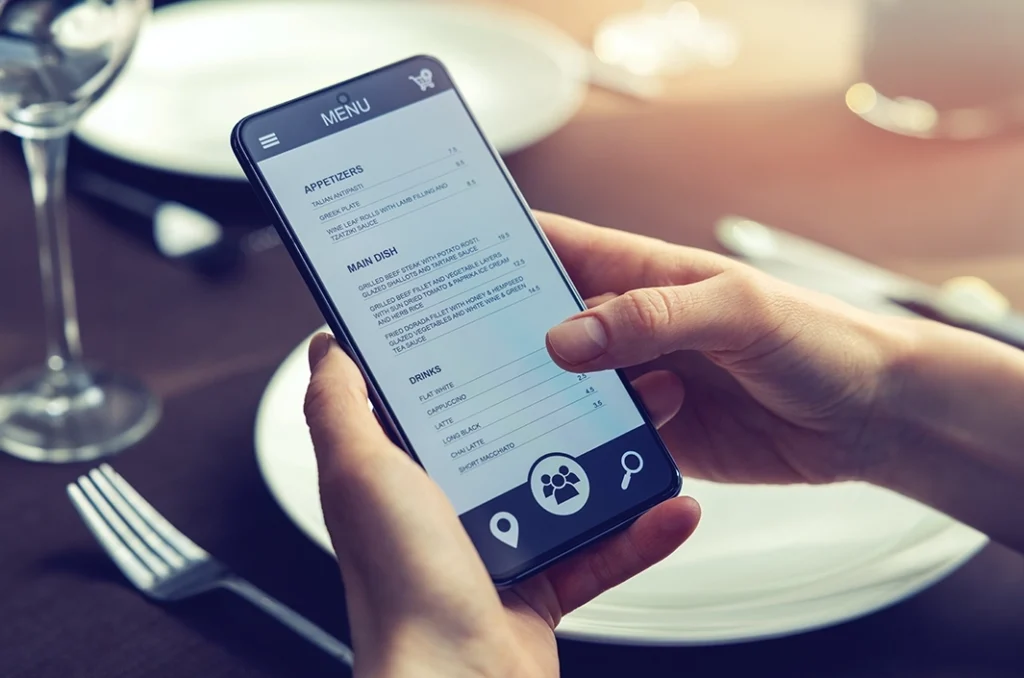After approximately 20 years of being involved in every aspect of the restaurant business from serving to being a one-person marketing department, I’ve seen first hand what successful restaurant marketing looks like. I have worked in national franchises, regional chains, and locally-owned restaurants that tripled in units. I grew from marketing brand manager into assisting new concept developments from idea to full execution. I’ve learned a lot in what goes into growing a restaurant brand and pulled key learnings on how to easily market your restaurant in 10 steps below.
1. Know your Patron as well as you know your product
In order to start marketing your restaurant, you have to know who your core Patron is, how they behave, and what makes them tick. After understanding their dining habits and preferences, you’re able to look through the lens of your Patron to build a clear messaging path. Knowing your Patron will not only help develop your brand voice and how you will communicate with them, but also where and what channels they prefer to be communicated through. Stick to your bandwidth and grow communication channels so you know where they are first, before trying to communicate through all of them.
2. Be consistent like water
There is nothing more frustrating than seeing a restaurant throw out multiple messages and they all look, feel, and sound different. Consistency builds relationships and trust, whether it be through words, visuals, or the actual product. With so much competition out there, the experience should be consistent and reliable so your guests want to keep coming back! The most successful restaurant marketing strategies are the ones people remember for [insert the special something here], because they are consistent with their delivery.
3. Engage with your fans on social media
Incorporating a metaphor from one of my favorite books, UnMarketing, by Scott Stratten. How would you like to go into a room full of people and hand out flyers of what you’re selling, then turn around and leave without engaging in conversation? In order to build advocacy, you must develop relationships with your audience. Schedule a time to respond to comments and DMs, to make your guests feel heard. It will also give you a better understanding of their needs. Building relationships will not only strengthen your online presence and following, it will also encourage repeat business. We should all know that repeat business is the definition of success for restaurants. For other marketing tips specifically for Instagram click here or check out how we engage digitally here.
4. Do the Google
Everyone is googling, Google it if you don’t believe me. If you aren’t showing up on Google when people are searching, you are missing out on an opportunity for your restaurant to be considered. At the bare minimum, You should be placing search and display ads to build impressions and drive conversions in parallel to your on premise activations. A 2019 restaurant study from Think with Google tells us that consumers rely heavily on digital channels to help make their dining decisions—86% of dining research is done by mobile before visiting a restaurant. Helpful tips: Be sure your “Google My Business” page is stacked with vibrant food and interior photography, order button links, positive reviews, and easily accessed links to preferred destinations. Be sure there is a clear and easy way to find out more information about your restaurant so nothing stands in the way of the decision making process.
5. Don’t underestimate the power of the inbox
How many times have you checked your email today? According to an Adobe 2019 email usage study, the average person is checking their personal email 2 hours per day. You see, email is still one of the most cost effective ways to directly reach your consumers who have already interacted, ordered, or dined within your restaurant. If you have something exciting to say or offer, it should be in an email. However, be careful not to overuse this platform for content that isn’t valuable or you’ll see a heat map hitting that unsubscribe button so fast your head will spin. Getting into someone’s inbox should be a privilege, not a right, so use the message wisely.
6. Invite local bloggers and foodies to come hang
Social media has given us this lovely gift of networking and influencing. It has become a best practice at this point to engage with local foodies, bloggers, and critics for a chance to expose your restaurant to thousands of people who may not be aware of your brand and taking them straight to the consideration phase. This not only supports local influencers with their content and connects with your community but can add value to your brand’s personality. It’s a win-win, a marketing no-brainer.
7. Give it away, Give it away now
Who doesn’t love FREE? Giving product away is the best way to drive trial and consideration. If you are a restaurant brand with a small marketing budget, the best way to give your guests a reason to believe is to give them the product to try and all it costs is what you paid for the ingredients. This tactic will help amplify your marketing initiatives by building your word of mouth reputation, connect with the locals, and encourage earned media (which is free!). If you want guests to try something new, you must give them a reason to risk the trial because we are creatures of habit and do what makes us feel safe and comfortable.
8. Prioritize and manage review sites
70% of consumers look online when planning their next meal. When choosing a restaurant, Gen Z and Millenials are 99% more likely to rely on online reviews and social media over the older generations. Your review platforms will also tell you what guests are saying to pull out any patterns or recurring issues that need to be addressed. You should have a dedicated time slot to respond to positive and negative reviews in a genuine way, because no one wants to speak to a robot. You will not only see a return on the guests who have written the reviews but you will be displaying online that you are a brand that listens and is responsive, thus building relationships and trust.
9. Evaluate your tech stack
The year is 2021 and we are living in a post-pandemic aftermath. In order to successfully market your restaurant, you must be thinking digitally. Your Patron’s habits and needs have shifted for restaurant experiences. Your website, app (if applicable), loyalty program, email, and social media presence should be an omnichannel experience that make it seamless to drive desired actions. Keep these platforms simple, yet impactful, for the user to easily navigate and gather information. Your tech stack should be up to date and future proof for the ongoing evolution of technology and user needs.
10. Plan, but plan to be agile
Planning big marketing initiatives and campaigns for your restaurant should always happen far in advance. You know the seasons, what holidays are coming, and what needs to be developed to keep things fresh. However, having the ability to think on your feet, notice trends and industry patterns will only improve your marketing performance. Keep your finger on the pulse in industry news and media trends. You will have a better understanding of emerging consumer needs and where the market is going. Though we encourage consistency, being agile is about having the courage to take risks with new tactics that could really make an impact. Balancing planning with agility is crucial in successfully marketing your restaurant.
In conclusion, the foundation of marketing should be built on connecting with your Patron. Being findable and driving people to purchase are all strategies that help in the consideration phase. However, it’s up to your restaurant to create memorable and consistent experiences to make them want to return.


